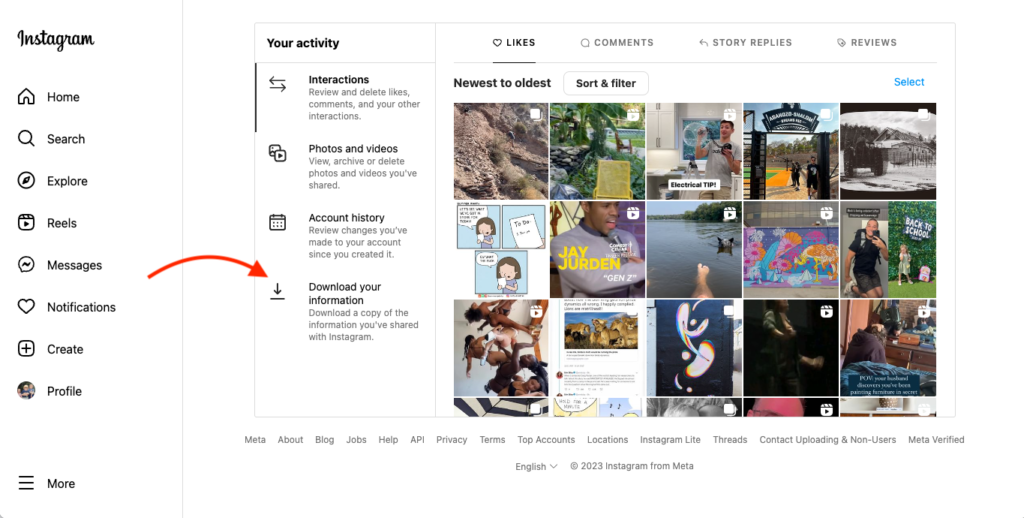Now Reading: Mind Your Inbox: Crafting a Personal Email Etiquette Guide for the Digital Age
-
01
Mind Your Inbox: Crafting a Personal Email Etiquette Guide for the Digital Age
Mind Your Inbox: Crafting a Personal Email Etiquette Guide for the Digital Age

Communicating by email may feel routine, yet one careless line can dent your professional image more than a dozen thoughtful messages can polish it. From campus placements in Coimbatore to remote‑team check‑ins in Kanpur, Indian professionals—especially those in fast‑growing Tier 2 cities—rely on email to bridge distances and cultures. A clear, courteous message not only gets work done but also signals credibility in crowded inboxes. Here’s a structured guide to sharpening your email manners.
1. Start With Purpose: The Subject Line
A subject should preview the core idea in eight words or fewer—“Invoice #245, May Schedule Confirmation” reads better than “Hi”. Precision helps recipients prioritise, and in offices where staff juggle multiple roles, that clarity is a courtesy.
2. Choose the Right Greeting
Formal work emails still favour “Dear Ms Rao” or “Hello Arvind”. Use first names only if relationships are established. Adding a simple “Hope you’re well” can humanise the exchange without sounding forced.
3. Keep It Crisp—but Complete
Aim for 150–200 words when possible; break longer notes into sub‑points or bullet lists. Each paragraph should address one idea—background, request, next step—so busy readers in Surat or Siliguri can scan and act without scrolling endlessly.
4. Mind the Clock
Send non‑urgent emails during local business hours. If you must hit “send” late at night, schedule delivery for the next morning—a courtesy to colleagues balancing work and family. For cross‑time‑zone teams, add “IST” to avoid confusion.
5. Tone: Professional, Not Robotic
Avoid ALL CAPS, excessive exclamation marks, and slang. Emojis can soften tone in friendly teams but remain risky in first‑time outreach. When feedback is critical, cushion it with facts and actionable suggestions rather than blame.
6. Attachments and Links
Compress large files, label them clearly, and mention the attachment in the body (“See ‘Design_Draft_V3.pdf’ attached”). For links, add a one‑line summary of what the recipient will find—handy for mobile users on patchy data connections.
7. Respect Privacy and Data
Use “Bcc” when emailing large, unrelated groups to protect addresses. Never forward confidential information without permission. Phishing scams rise during festival seasons; double‑check unexpected requests for passwords or payments.
8. Sign‑Off and Signature
Standard closings—“Regards”, “Best”—work in most contexts. A concise signature with name, role, phone, and city (e.g., “Nagpur, MH”) gives contacts quick reference without clutter. Skip philosophical quotes unless they align with company culture.
9. When Not to Email
Complex disputes or emotional topics often resolve faster by phone or video call. Similarly, a quick clarifying doubt may be better handled on an office messaging app, reducing mailbox noise for everyone.
Conclusion
Good email etiquette is less about rigid rules and more about empathy—anticipating how your words land in someone else’s crowded day. Whether you’re a freelancer in Trichy or a manager in Noida, thoughtful digital communication builds trust, speeds decisions, and reflects the professionalism India’s evolving workforce prides itself on. A polished inbox, after all, still opens doors.

























